The Not-So-Natural Beach – Ryan Anderson
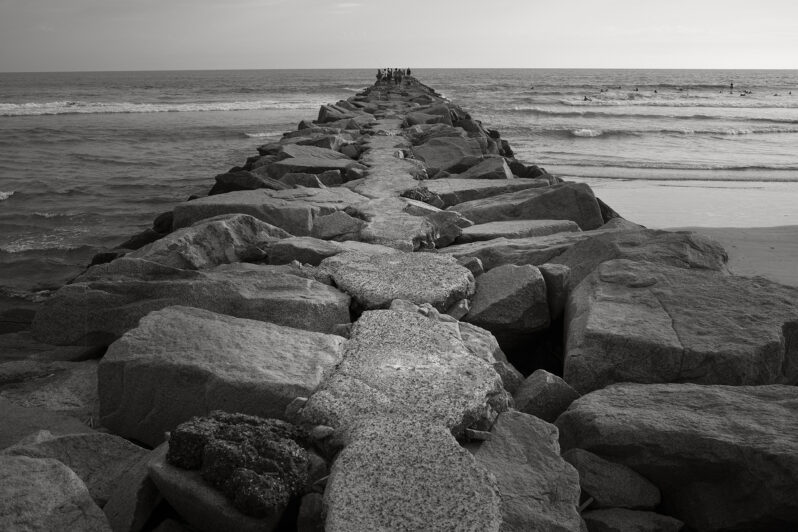
Growing up, I always imagined the beach to be a natural place. I think it’s safe to say that this sentiment may be pretty common among many beachgoers. It’s easy to think of the beach as being somewhat “natural,” or at least close to that thing some people call “nature.” This is a short piece, so I won’t go down the what is nature!? rabbit hole for now. By natural I mean something along the lines of “not caused or created by human intervention.” So here’s the thing: many beaches are actually far less “natural” than many people assume or know…
World’s Oceans Changing Colour Due to Climate Breakdown – the Guardian
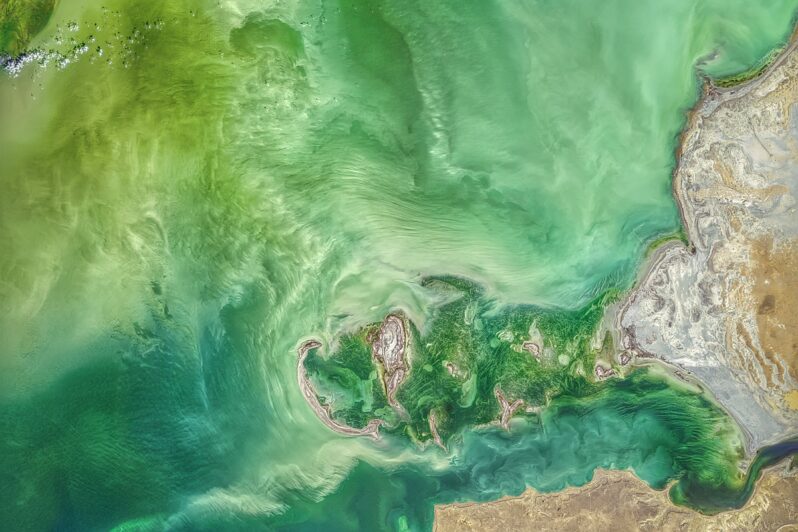
The sea is becoming greener due to changes in plankton populations, analysis of Nasa images finds…
Why does nature create patterns? – the Conversation
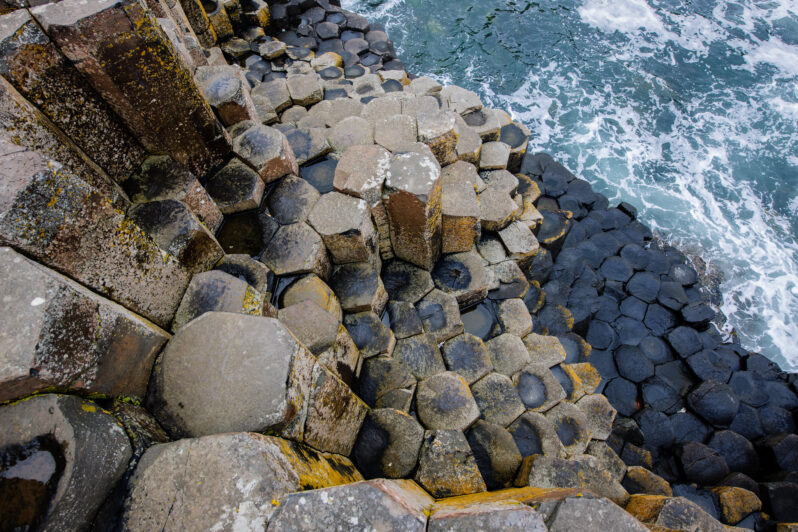
The reason patterns often appear in nature is simple: The same basic physical or chemical processes occur in many patterned substances and organisms as they form. Whether in plants and animals or rocks, foams and ice crystals, the intricate patterns that happen in nature come down to what’s happening at the level of atoms and molecules…
Lessons from California on How to Adapt to Sea Level Rise – NPR | On Point with Meghna Chakrabarti
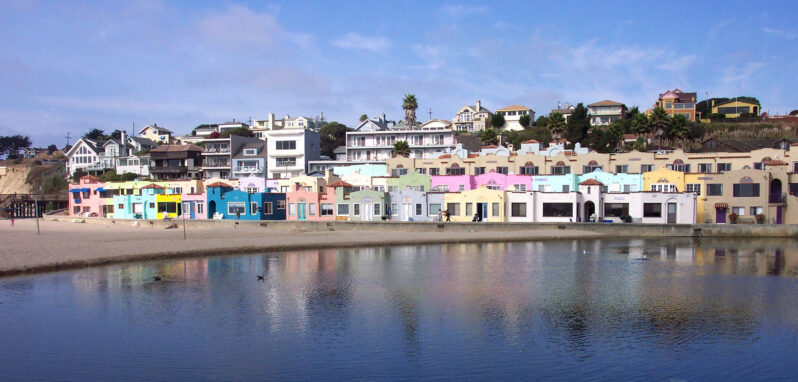
The Pacific Ocean off the California coast could rise more than six feet by the end of this century, according to some estimates…
Guests: Rosanna Xia, environmental reporter for the LA Times. Author of “California Against the Sea: Visions for our Vanishing Coastline.”
A.R. Siders, director of the Climate Change Hub and professor on climate change adaptation at the University of Delaware.
For Sanibel, the Recovery from Hurricane Ian Will Be Years in the Making – Inside Climate News
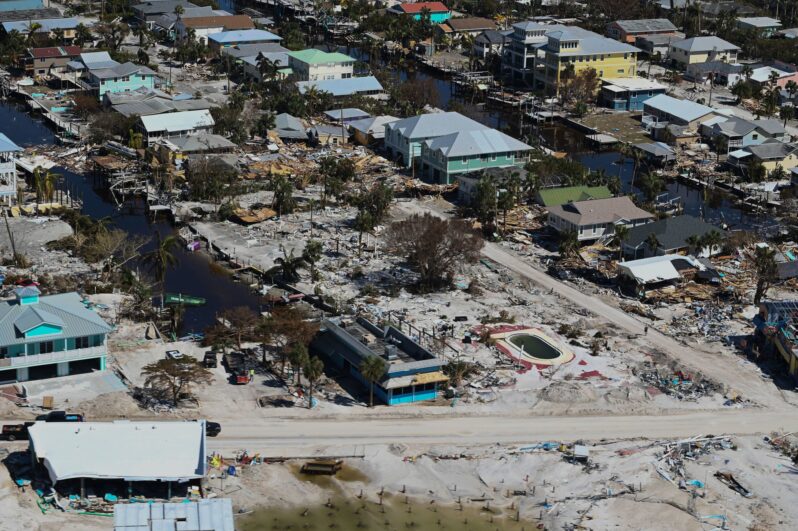
Few images of Hurricane Ian’s destruction in Florida a year ago this week were more indelible than those of the swamped causeway here, the only link between the mainland and barrier island where this small beach community is located…
How deep is the ocean? – the Conversation

If you wanted to measure the depth of a pool or lake, you could tie a weight to a string, lower it to the bottom, then pull it up and measure the wet part of the string. In the ocean you would need a rope thousands of feet long. In 1872 the HMS Challenger, a British Navy ship, set sail to learn about the ocean, including its depth. It carried 181 miles (291 kilometers) of rope…
A First: Category 5 Storms Have Formed in Every Ocean Basin this Year – the Washington Post
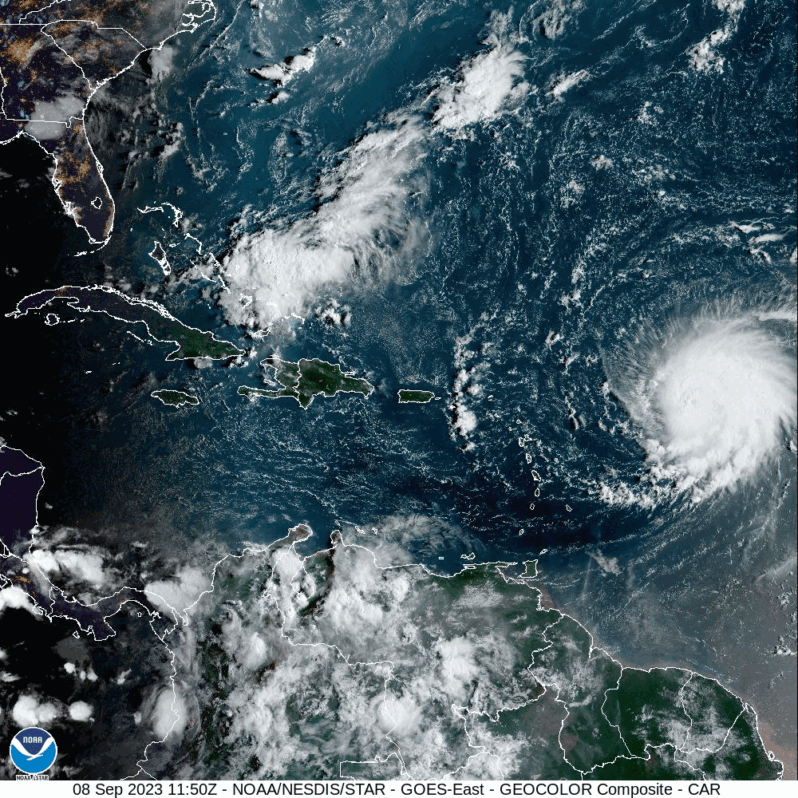
Hurricane Lee intensified with breakneck speed Thursday over record-warm Atlantic waters, its peak winds catapulting from 80 to 160 mph in just 18 hours. Lee is now a top tier Category 5 hurricane, according to the National Hurricane Center, and will probably strengthen even more…
Lee rapidly intensifies into a Category 5 hurricane over Atlantic – the Washington Post
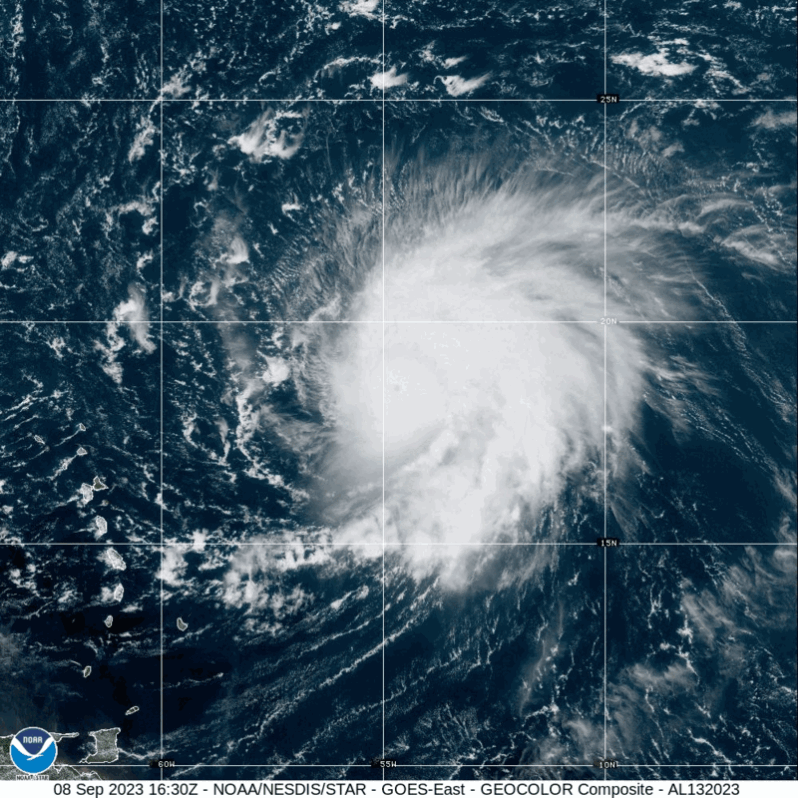
Hurricane Lee intensified with breakneck speed Thursday over record-warm Atlantic waters, its peak winds catapulting from 80 to 160 mph in just 18 hours. Lee is now a top tier Category 5 hurricane, according to the National Hurricane Center, and will probably strengthen even more…
In the face of sea level rise, can we reimagine California’s vanishing coastline? – the Los Angeles Times
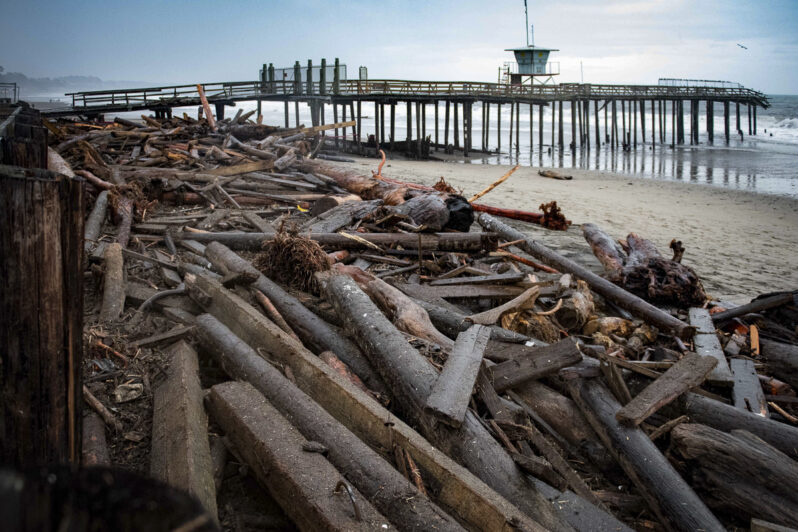
Excerpted from “California Against the Sea: Visions for Our Vanishing Coastline” (available Sept. 26, 2023) by Rosanna Xia. Reprinted in the Los Angeles Times with permission from Heyday Books, © 2023.
